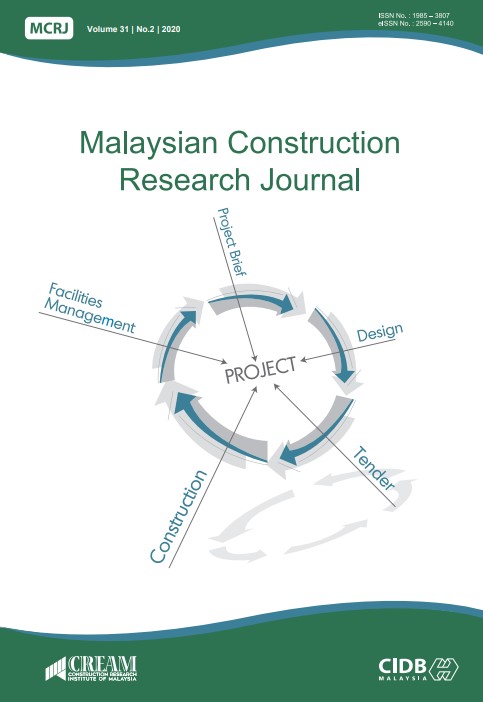MCRJ Volume 31 No. 2 2020
| Format
|
Hardback / 102 pages
|
| ISSN Number
|
1985 - 3807
|
| eISSN Number
|
2590 - 4140
|
|
|
|
| Download PDF
|
Product Description
 |
|
Development of urban areas in Jakarta, Bogor, Depok, Tangerang, and Bekasi (commonly called as Greater Jakarta) is significantly expanding during the past decades (Simone, 2014). Thus, borders are no longer an obstacle for people movement and social interaction. Greater Jakarta is home to 28 million people during the day and 10 million people at night (Winarso et al., 2015). They are commuting not only in one area but also among those cities. Jakarta Transportation Statistics data in BPS (2015) shows that 3,566,178 people in Greater Jakarta commute daily.
Bekasi is one of supporting area for the urban transportation and agglomeration in greater Jakarta. The municipality is also experiencing rapid growth, particularly in Cikarang area. As part of Bekasi Regency, Cikarang has potential economic sector such as trade, services, and many scales of the industry (BPS, 2014). As the economic activity growth rapidly, Cikarang is not supported by a reliable transportation system. Currently, access to and from Cikarang is mainly supported by road infrastructure, especially toll roads. The roads are experiencing a massive congestion at day and night due to a high volume of the private vehicle which leads to longer travel time and creates more stress for the people (Berawi et al., 2015). The volume-per-capacity ratio data for the toll roads around Cikarang shows a high number of passenger units per hour. It means the capacity of roads no longer able to accommodate vehicles adequately. Developing alternative infrastructure through a rail-based transportation is required to connect Cikarang to other areas in shorter travel time.
The aim of this research is to investigate the potential of railway development in Cikarang area by considering potential passengers and transportation mode choice among the people. The result will generate passenger demand from the city and potential of shifting modes from private vehicle users to the rail-based transportation. |
|
|
Frequently Purchase Together